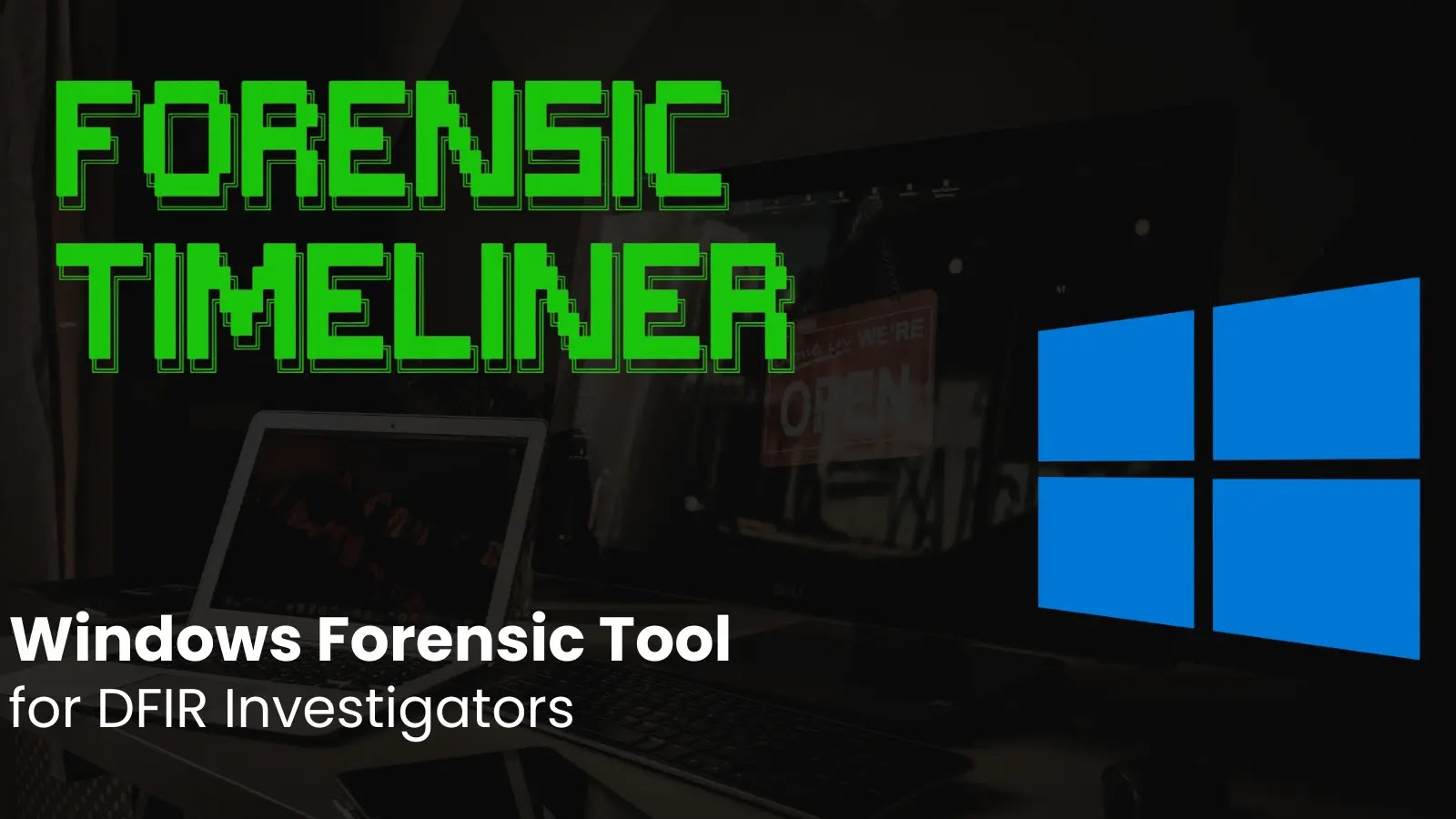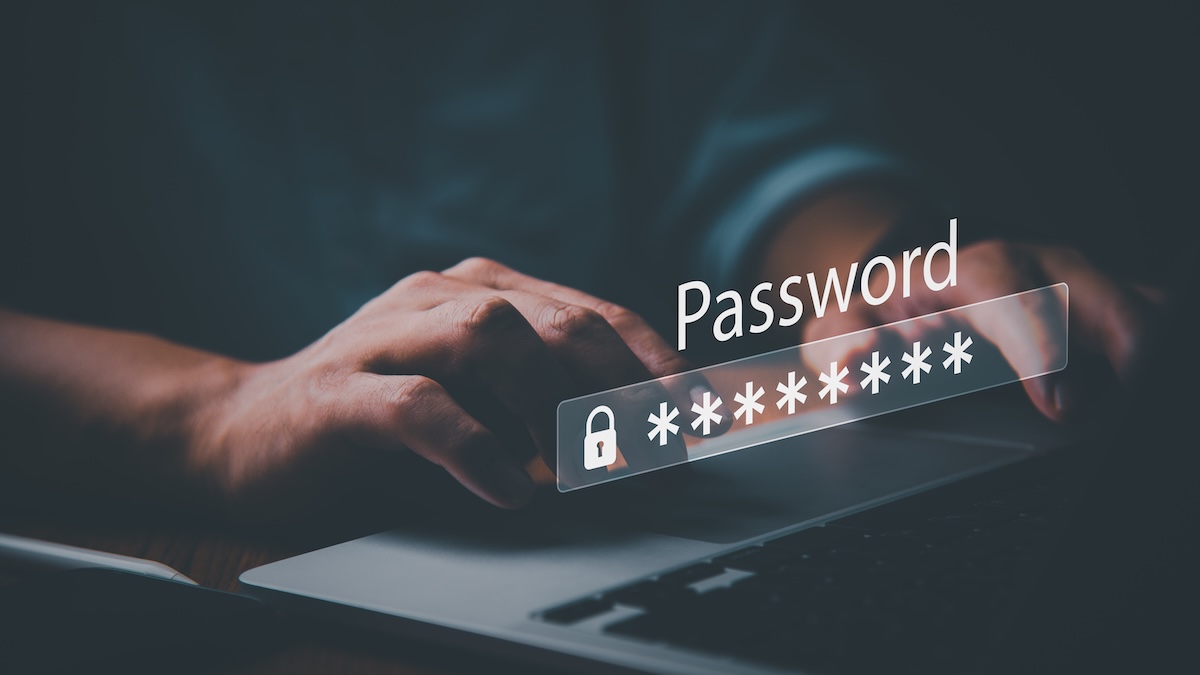In the ever-evolving landscape of digital forensics and incident response (DFIR), the ability to swiftly and accurately reconstruct event sequences is paramount. Forensic-Timeliner, developed by Acquired Security, has emerged as a pivotal tool for DFIR professionals, offering a high-speed processing engine that consolidates CSV outputs from leading triage utilities into a unified timeline. The recent release of version 2.2 introduces enhanced automation and improved artifact support, significantly bolstering the efficiency and precision of forensic investigations.
Automated Timeline Construction
At the core of Forensic-Timeliner’s functionality is its capability to discover and parse CSV artifacts generated by a suite of prominent tools, including EZ Tools, KAPE, Axiom, Chainsaw, Hayabusa, and Nirsoft. Analysts can direct the tool to a base directory, where it automatically detects and processes relevant files. This process is guided by YAML-driven filters defined in the `config/keywords/keywords.yaml` file, enabling the tool to identify files based on name, folder, or header patterns.
Version 2.2 introduces several interactive enhancements designed to streamline the user experience:
– Silent Mode (`–Silent`): This feature suppresses prompts and banners, facilitating headless execution in automated workflows, thereby reducing manual intervention and expediting the analysis process.
– Filter Previews: Rendered as Spectre.Console tables, this enhancement allows live validation of Master File Table (MFT) timestamp filters, event-log channel/provider rules, and keyword tagger configurations. Analysts can now preview and adjust filters in real-time, ensuring accuracy before full-scale processing.
– Keyword Tagging Support for Timeline Explorer (`.tle_sess`): Tagged events are grouped by user-defined keyword sets, simplifying the process of pivoting in downstream analysis. This feature enhances the organization and retrieval of pertinent events, making the investigative process more efficient.
Advanced Enrichment and Export Options
Beyond basic timeline collation, Forensic-Timeliner v2.2 offers a suite of advanced enrichment and export options that cater to the nuanced needs of forensic analysts:
– Date Filtering (`–StartDate`, `–EndDate`) and Deduplication (`–Deduplicate`): These options allow analysts to tailor timelines to specific incident windows, focusing on relevant data and eliminating redundant entries, thereby enhancing the clarity and relevance of the timeline.
– Raw Data Inclusion (`–IncludeRawData`): Forensic provenance is crucial in investigations. This feature embeds original CSV rows in the output, providing a transparent trail for forensic validation and ensuring the integrity of the data.
– Configurable Parsers via YAML Definitions: Analysts can map artifact CSV fields to a standardized timeline schema, which includes fields such as DateTime, TimestampInfo, ArtifactName, Tool, Description, DataDetails, DataPath, FileExtension, EventId, User, Computer, FileSize, IPAddress, SHA1, Count, and EvidencePath. This standardization facilitates consistency and interoperability across different datasets and tools.
The tool’s adherence to RFC-4180-compliant CSV output ensures seamless compatibility with Excel, Timeline Explorer, and other forensic review platforms. Additionally, analysts have the flexibility to export data in JSON or JSONL formats, facilitating integration with Security Information and Event Management (SIEM) systems and log management solutions.
Customization and Noise Reduction
Forensic-Timeliner v2.2 recognizes the importance of customization and noise reduction in forensic analysis:
– Customizable YAML Parameters: Analysts can exclude undesired MFT extensions (default exclusions include `.exe`, `.ps1`, `.zip`, etc.) and apply path filters (defaulting to `Users`). This customization allows for a more focused analysis by omitting irrelevant data.
– Built-in Event-Log Filters: To minimize noise, the tool includes filters that restrict data by channel and provider IDs, ensuring that analysts can concentrate on pertinent events without being overwhelmed by extraneous information.
Conclusion
Forensic-Timeliner v2.2 stands as an indispensable asset for DFIR investigators, offering a blend of interactive setup, automated discovery, and keyword-driven enrichment. Its advanced features and customizable options provide the speed, precision, and consistency required to construct comprehensive Windows forensic timelines. By integrating this tool into their workflows, forensic professionals can enhance their investigative capabilities, leading to more effective and efficient incident response operations.



